Despite being one of the most photographed buildings in the world, the expansive facade of the Procuratie Vecchie in St Mark’s Square rarely piques the curiosity of tourists to Venice. Mostly, the 152m-long front functions as an elegant, if rather dreary sweep of arches that guides the eye towards the splendour of St Mark’s Basilica, or else it is ignored completely in favour of the cafes beneath its porticos. However, after a year-long restoration, the Renaissance palazzo is now open to the public for the first time in 500 years as a social and cultural centre for tourists and residents.
The architect David Chipperfield oversaw the initial restoration project, during which his studio consolidated the Renaissance-era wooden beans and 200-year-old frescoed ceilings. The Milan-based firm Migliore+Servetto then transformed the upper floor into a stylish exhibition space, co-working hub and offices for various charities and refugee initiatives.
Although the Procuratie Vecchie building appears in the thousands of photos taken by tourists every day, its history is rarely highlighted in guides to the city. Ico Migliore of Migliore+Servetto notes that the structure’s new function ‘bears pleasing similarities to its original use some 500 years ago’. The palazzo was built in 1532 as the offices of the procurators of Venice. These nine officials were selected from the city’s wealthy families to oversee the protection of the nearby Basilica, as well as the care of Venice’s poor, and to manage the execution of residents’ wills.
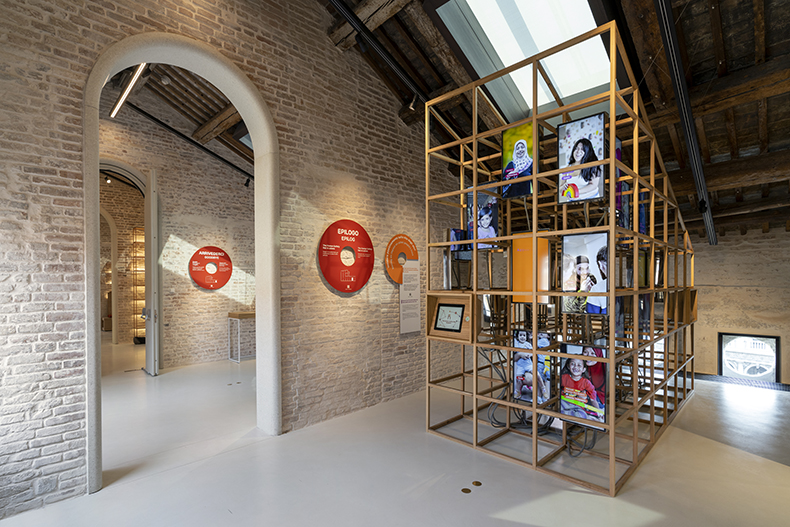
One of the building’s exhibition spaces. Photo: Andrea Martiradonna
Two decades later, the building became the offices of the Generali insurance company. In the 1980s, however, the firm moved its headquarters to mainland Mestre and the palazzo fell into disrepair, although its logo is still visible on the windows. The recent revival of the historic landmark is part of the Generali Group’s project The Human Safety Net, which works to develop humanitarian initiatives and aid vulnerable families and refugees. ‘We want to give new life to the Procuratie Vecchie,’ says Philippe Donnet, CEO of the Generali Group. ‘As headquarters of The Human Safety Net this emblematic building will become a space for exchanging ideas and overcoming social problems in the world today.’ Emma Ursich, Executive Officer of The Human Safety Net, adds, ‘It is interesting that this building’s history is coming full circle and returning to dealing with social issues in Venice.’
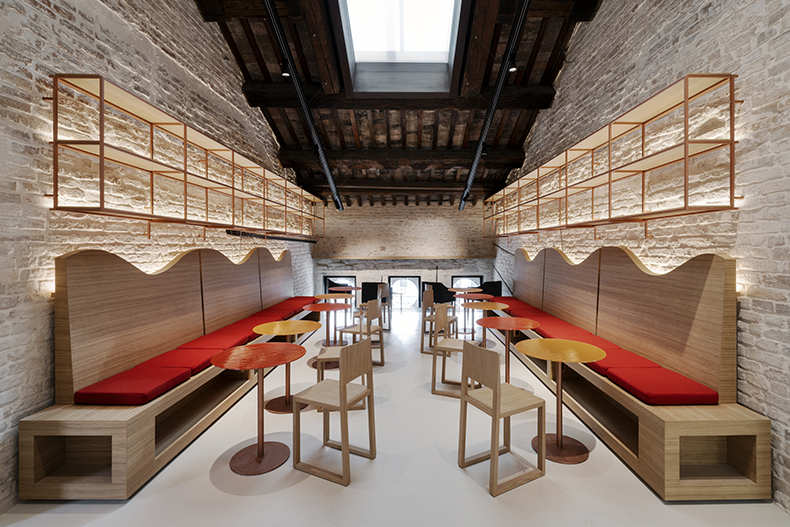
The cafe. Photo: Andrea Martiradonna
Within the building, The Human Safety Net aims to help refugees found their own start-ups and assist families to give children greater opportunities, among other social initiatives. The structure also houses a cafe and auditorium. As such, it has become a space not just for visiting tourists but also for locals – such facilities are in short supply in Venice, a city that sometimes seems more concerned with catering to visitors than its own residents.
It may also have saved the historic palazzo from the all-too-common fate of being turned into a hotel. The grand palazzi of Venice have long been pegged for conversion. The five-star Hotel Danieli took over the 14th-century Palazzo Dandolo in the 1820s while more recent hotel projects include Palazzo Experimental inside the 16th-century Palazzo Molin in the Dorsoduro district, and the Radisson Collection’s latest opening in Palazzo Nani on the Cannaregio Canal.
While hotel conversions keep a historic building standing, they often mean drastically changing its fabric by installing bathrooms and air-conditioning systems as well as partitioning large rooms. Melissa Conn of Save Venice, has spoken of the enthusiasm of heritage groups for palaces reopening to the public with cultural functions – although this is rare, as they are notoriously difficult and expensive structures to maintain.
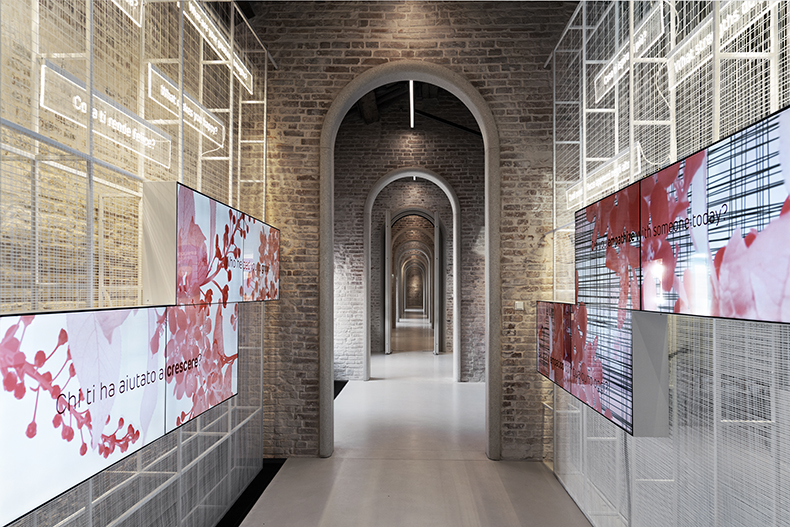
Photo: Andrea Martiradonna
The transformation of the Procuratie Vecchie is currently focused on the third-floor attic space where a newly built series of arches opens up a corridor that links the auditorium at one end to the exhibition space and artists’ studios at the other. The architects also made use of the 100 circular oculi that run down the facade. Some have been left as windows while others have been fitted with video cameras that transmit Canaletto-style miniature views of popular sites in the city.
Meanwhile, the display structures as well as the furniture in the cafe and co-working spaces feature locally designed products such as glass tables and bricole, the wooden poles planted in the lagoon to mark waterways, in order to bring the city’s heritage into the contemporary interior. ‘As this building has never been accessible to the public, it is so special that now anyone will be able to walk in and see inside,’ Ursich says.
Unlimited access from just $16 every 3 months
Subscribe to get unlimited and exclusive access to the top art stories, interviews and exhibition reviews.


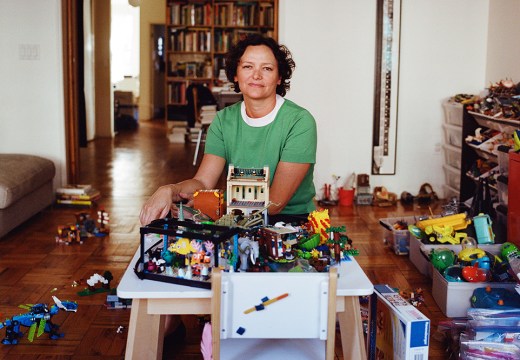
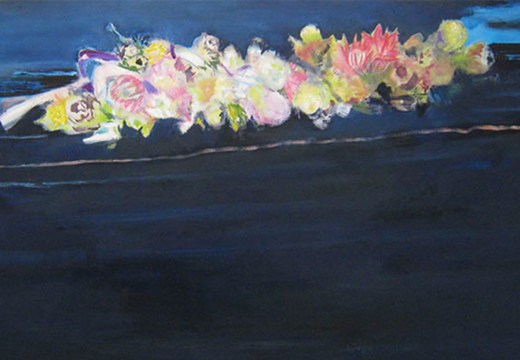
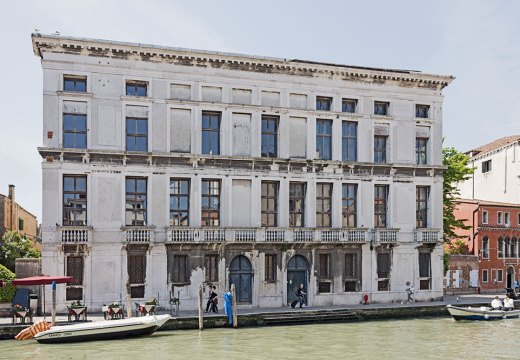









![Masterpiece [Re]discovery 2022. Photo: Ben Fisher Photography, courtesy of Masterpiece London](http://www.apollo-magazine.com/wp-content/uploads/2022/07/MPL2022_4263.jpg)
It’s time for the government of London to return to its rightful home